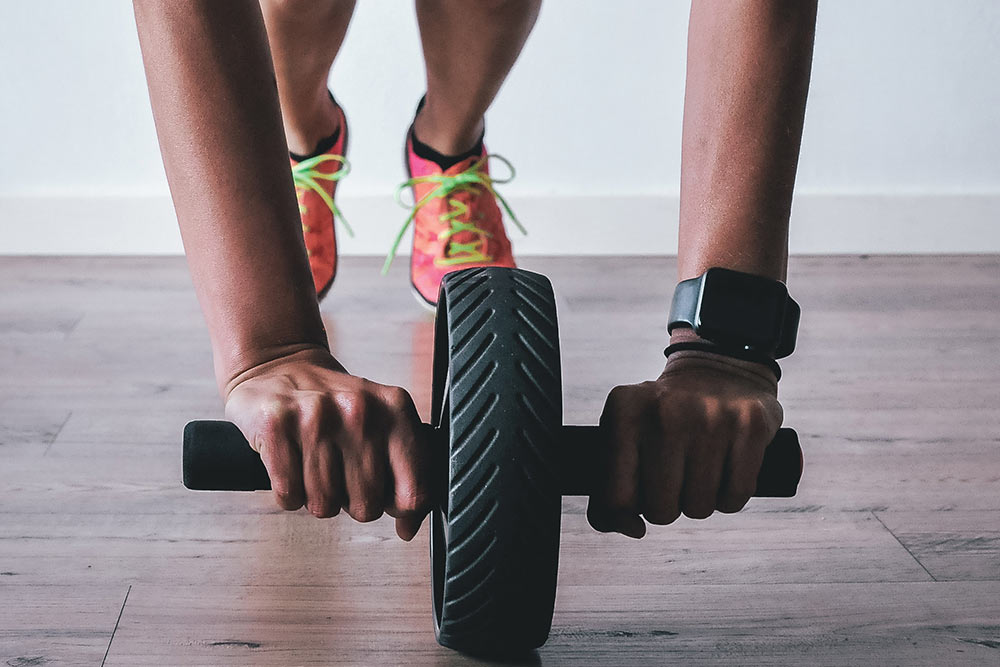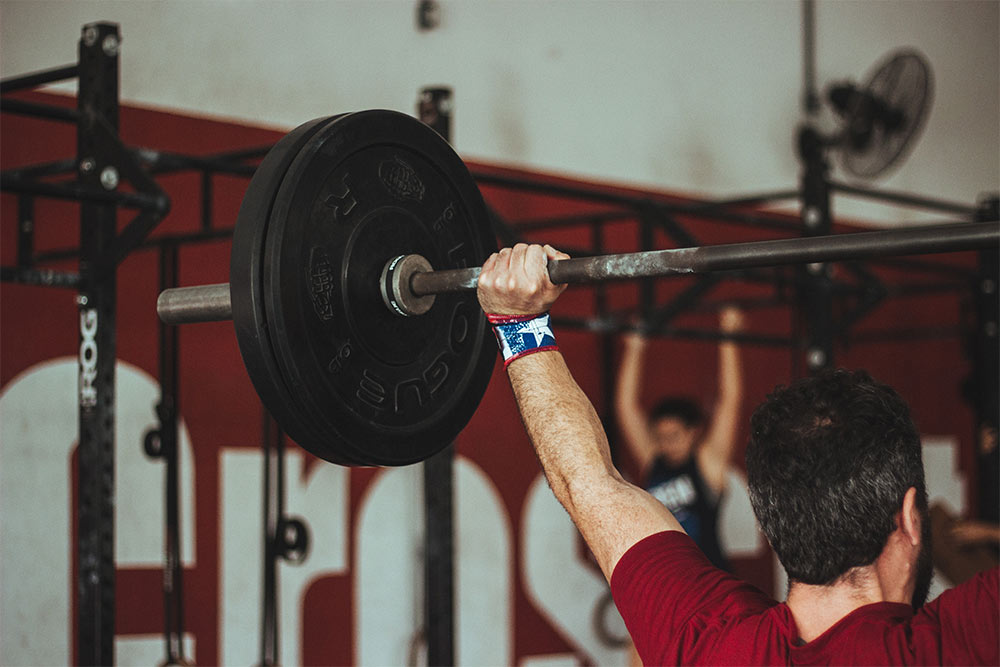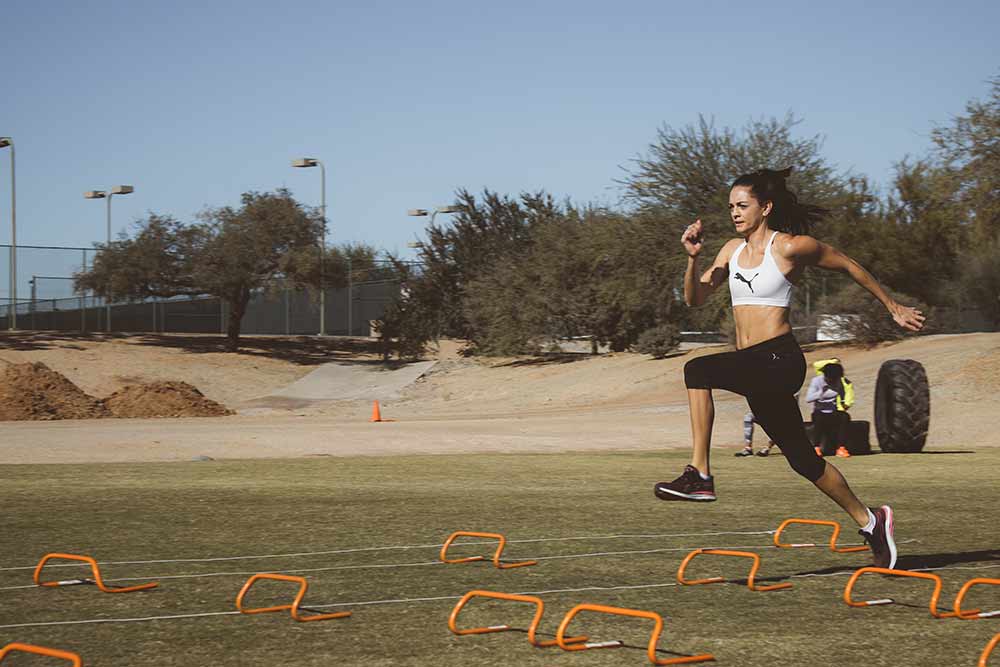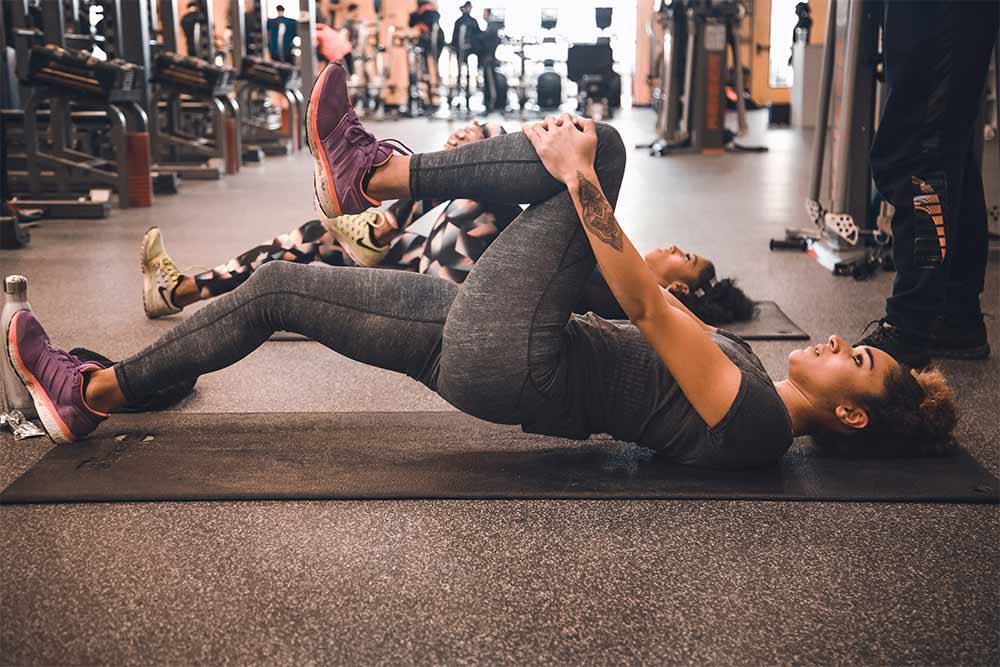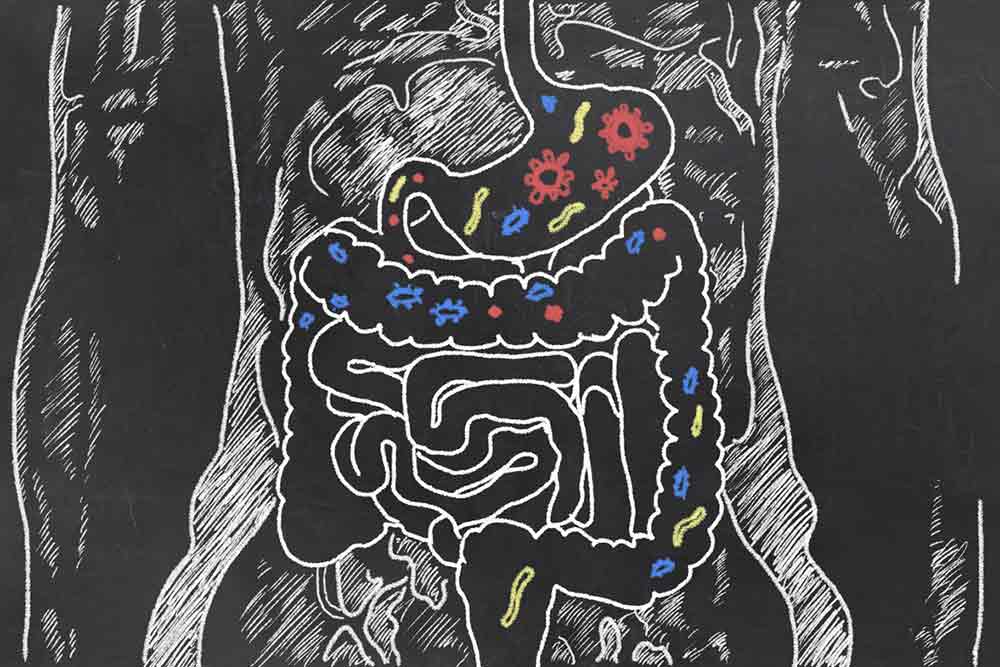3 Ways Physical Exercise Improves Cognitive Function in Middle-Aged Women
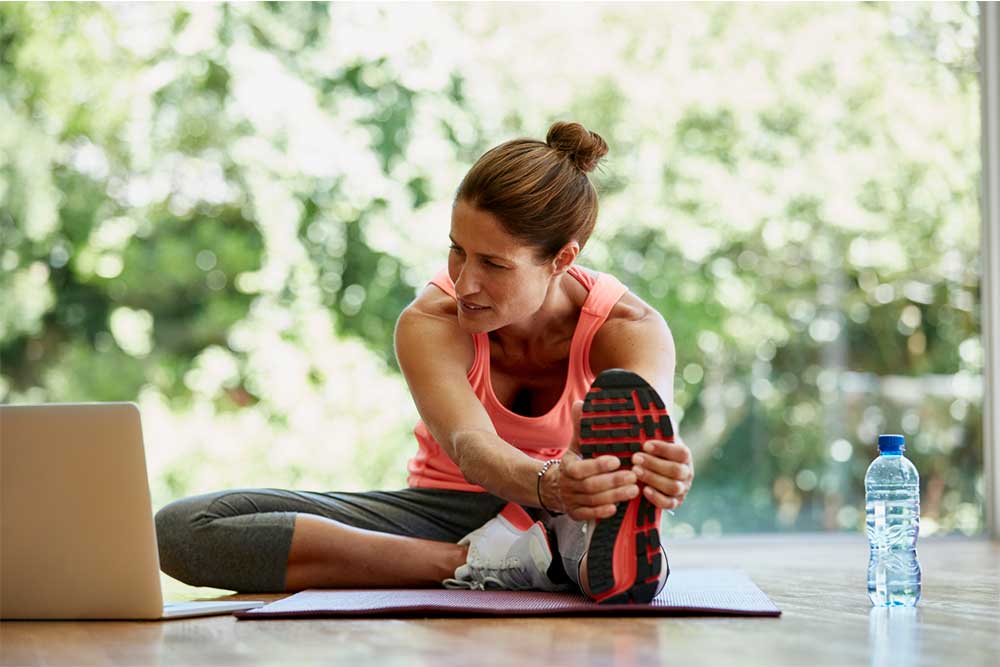
Alyssa Bialowas
As we age, our cognition, memory and language ability gradually deteriorate. One of today’s most significant public health concerns is dementia, a group of symptoms associated with deteriorating memory and other thinking skills. To prevent dementia, one of the most beneficial things you can do is to start detecting a progressive decline in cognition from middle age.
Improvement in cognitive function stems from activities such as physical exercise, dance, music therapy, cognitive training and brain stimulation. Physical activity has been found to have a positive effect on brain aging by continuous stimulation of the brain. One of the most effective ways to verify the beneficial effect of exercise on the preservation of existing brain cells and the stimulation of new neuronal growth is the serum brain-derived neurotrophic factor (BDNF) concentration.
![]() Track your fitness gains with the sleek and stylish Motiv Fitness Ring.
Track your fitness gains with the sleek and stylish Motiv Fitness Ring.
Related Article: 5 Ways HIIT Improves Fitness in Women
A study out of South Korea assessed a group of 30 healthy women between the ages of 40-59 years (Kim et al. 2018). The women were split into two groups: A mild cognitive impairment group and a non-mild cognitive impairment group and were tested for short-term memory and serum brain-derived neurotrophic factor concentration. The study used a combination of dance based aerobic exercises along with resistance band exercises to determine the effect of physical activity on cognitive function in women.
Based on the results of this study, these are 3 ways physical activity improves cognitive function in middle-aged women.
1) Improves Short Term Memory
A single session of the cognitive enhancement fitness program significantly improved short-term memory function in healthy middle-aged women. The dance-based aerobic exercises and resistance band exercises were based on the principles of exercise associated with improvements in cognitive performance, and participants were asked to do the exercises after memorizing numbers (from 1 to 8) associated with each dance or resistance exercise.
Both groups were tested before they performed the fitness program and after they performed the fitness program. Results showed that participants had a significantly higher median forward digit span score compared with baseline, which backs the association between exercise and cognition.
2) Increases Serum Brain-Derived Neurotrophic Factor Levels
BDNF is released in the prefrontal cortex, amygdala and hippocampus which are closely related to learning, memory and cognitive function (Del Acro et al., 2011). In the current study, BDNF concentration was increased significantly in all subjects compared to baseline. Pre-post differences in BDNF concentrations were observed in the non-mild cognitive impairment group, but not in the mild cognitive impairment group after the fitness program.
Related Article: How Much Protein Do Women Really Need?
3) Aerobic and Resistance Exercise Together is Most Beneficial
The results of the study suggest a combination of dance and resistance band exercise can improve immediate memory function. The combination helps improve cognitive ability through neuroplastic activity, cranial nerve formation and increased secretion of BDNF and hormones.
 Looking for a suspension system for the home? Check out the TRX Suspension offerings.
Looking for a suspension system for the home? Check out the TRX Suspension offerings.
Takeaway
A single 50-minute session brain fitness program improved short-term memory and increased serum BDNF levels in healthy middle-aged women, especially those without mild cognitive impairment. Further research should look at how long improved memory lasts after fitness, and a control group would be beneficial to note the differences.
You Might Like:
How Core Strength Effects Athletic Performance
Alyssa Bialowas What is Core Strength? Your core is a complex series of muscles that extend far beyond your abs and is incorporated in almost every movement of the human body. Strong core muscles act...Weight Training Techniques: The Benefits of Unilateral Training
Alyssa Bialowas Unilateral exercises are single-leg or single-arm movements. The primary benefit of including unilateral exercises in your training programs is that the exerciser is using both sides of the body equally. Unilateral training results...How to Improve Your Aerobic Capacity – Tips & Tricks
Alyssa Bialowas Cardiovascular exercise improves the ability to both move oxygen and nutrients to working muscles and to remove metabolic waste, which allows muscles to continue to perform a particular activity. Your fitness level depends...Exercising in the Heat
Alyssa Bialowas As temperatures continue to soar in the summer, it’s important to be cognizant of the effect that exercising in the heat has on your body. Intense exercise and a failure to modify the...The Best Glute Exercises: How to fire your glutes!
Alyssa Bialowas About Your Glutes – The gluteus maximus is located in the buttocks and is connected to the coccyx/tailbone. This muscle is responsible for the movement of the hip and thigh, and also serves...What Are Probiotics and Prebiotics?
Alyssa Bialowas In response to the current cultural nutrition trend surrounding probiotics and supplements, pharmacies and health food stores are stocking increased amounts of probiotic supplements. Is this just the latest health and nutrition trend...References:
Kim, H.J., Lee S.Y., Lee H.G., Cho Y.H., and Ko E.M. (2018). “Effects of a Single-Session Cognitive Enhancement Fitness Program on Serum Brain-Derived Neurotrophic Factor Levels and Cognitive Function in Middle-Aged Women.” Journal of Sports Science and Medicine, 17, 110-116.
Del Arco A., Segovia G., de Blas M., Garrido P., Acuña-Castroviejo D., Pamplona R., and Mora F. (2011) “Prefrontal Cortex, Caloric Restriction and Stress During Ageing: Studies on Dopamine and Acetylcholine Release, BDNF and Working Memory.” Behavioural Brain Research, 216, 136-145.

